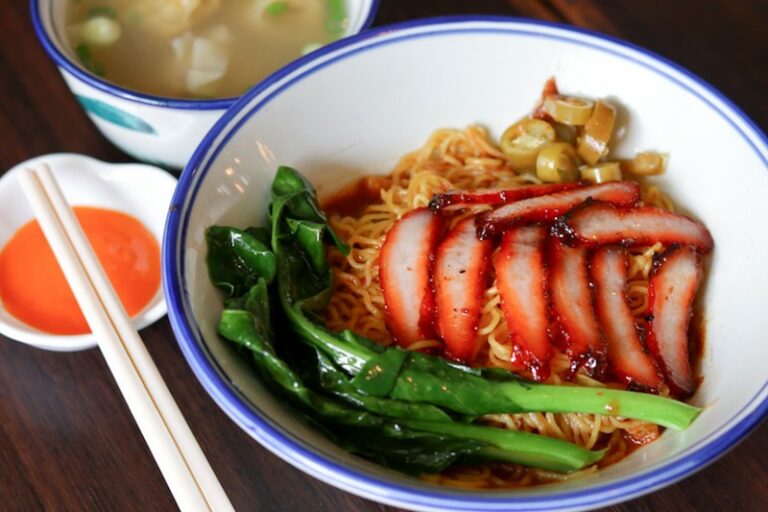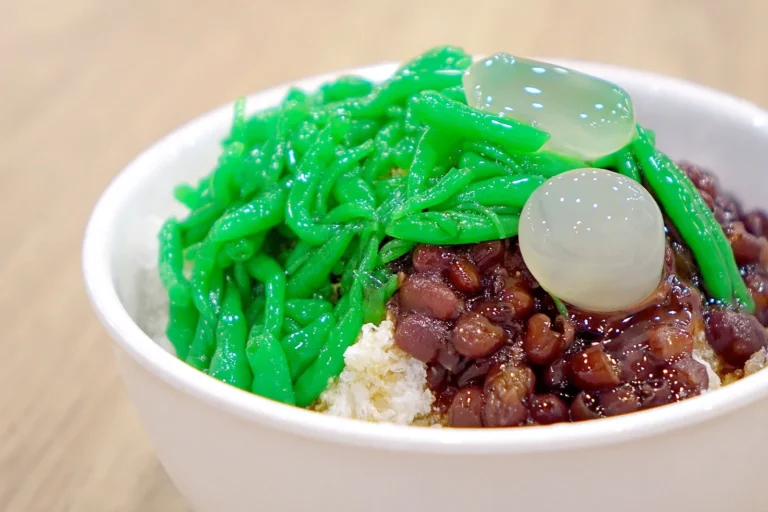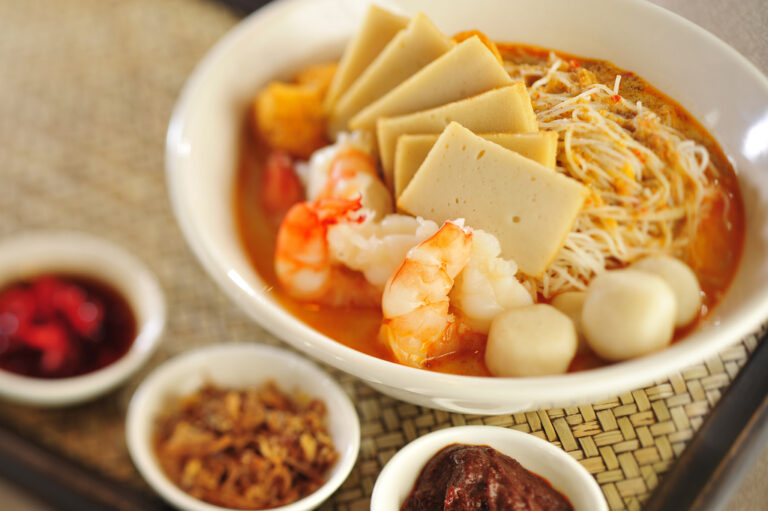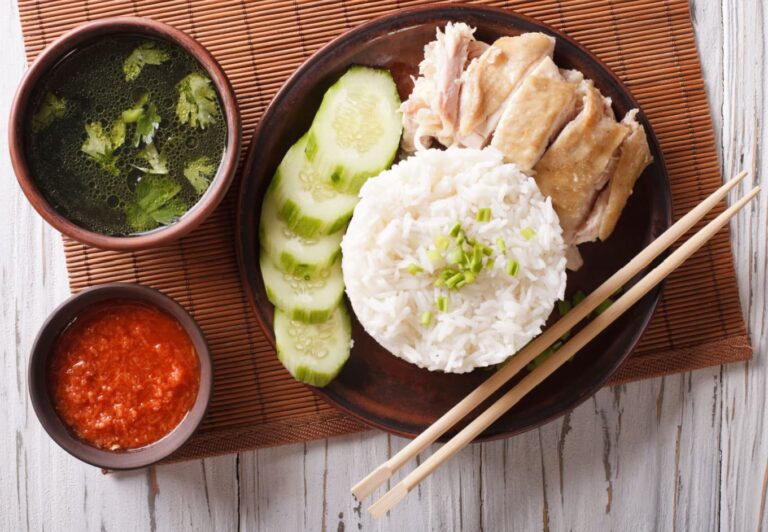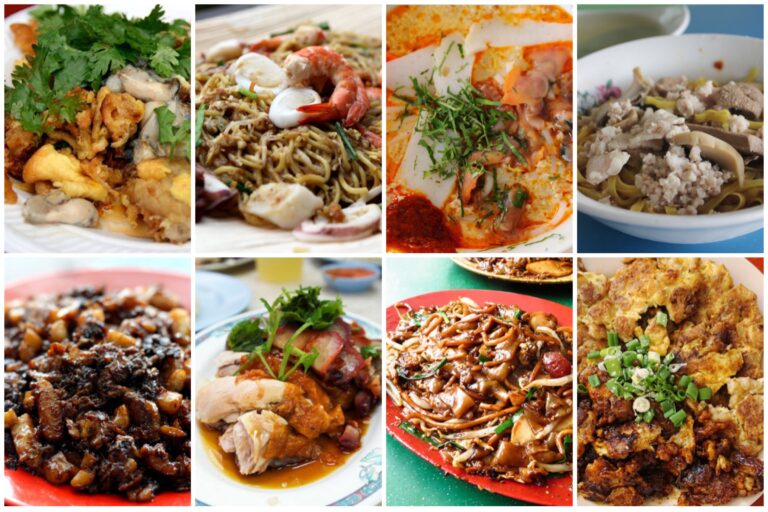Introduction: Singaporean Cuisine Diversity
Singaporean cuisine is a diverse and vibrant blend of Chinese, Malay, Indian, and Western influences, reflecting the country’s multicultural heritage. One of the most exciting aspects of Singaporean cuisine is the wide range of local and regional specialties that can be found in hawker centers, street food stalls, and restaurants across the island. Each dish has its own distinct flavors and ingredients, reflecting the cultural traditions and culinary techniques of the different ethnic groups that make up Singapore’s rich melting pot.
Peranakan Cuisine: A Fusion of Chinese and Malay
Peranakan cuisine, also known as Nyonya cuisine, is a unique blend of Chinese and Malay flavors and cooking techniques. It developed in the early 20th century when Chinese immigrants married Malay women and created a new culture and cuisine that combined the best of both worlds. Peranakan dishes are characteristically spicy, sour, sweet, and aromatic, with a focus on seafood and vegetables. Some popular Peranakan dishes include ayam buah keluak (chicken stew with black nuts), otak-otak (spicy fish cake), and kueh pie tee (crispy pastry cups filled with vegetables and meat).
Hokkien Mee: A Heartwarming Noodle Dish from Hokkien
Hokkien mee is a hearty noodle dish that originated in the Fujian province of China and was brought to Singapore by Hokkien immigrants. The dish consists of thick yellow noodles stir-fried with prawns, squid, pork belly, and vegetables in a savory sauce made with soy sauce, oyster sauce, and fish sauce. Some versions of Hokkien mee also include crispy fried pork lard and sambal chili paste for extra flavor and spice. Hokkien mee is a beloved comfort food among Singaporeans and can be found in many hawker centers and restaurants across the island.
Katong Laksa: A Spicy Peranakan Noodle Soup
Katong laksa is a spicy and flavorful noodle soup that is a popular Peranakan dish in Singapore. It is made with thick rice noodles in a spicy coconut-based broth that is infused with aromatic spices such as lemongrass, galangal, and turmeric. The soup is topped with prawns, fish cake, cockles, and bean sprouts, and garnished with laksa leaves and sambal chili paste. Katong laksa is a must-try dish for anyone visiting Singapore, and it is especially popular in the Katong neighborhood in the east of the island.
Hainanese Chicken Rice: Singapore’s National Dish
Hainanese chicken rice is a simple yet delicious dish that is considered Singapore’s national dish. It originated in the Hainan province of China and was brought to Singapore by Hainanese immigrants. The dish consists of fragrant rice cooked in chicken broth, served with poached or roasted chicken, and accompanied by chili sauce, soy sauce, and ginger sauce. The chicken is tender and juicy, and the rice is fluffy and flavorful, making it a comforting and satisfying meal. Hainanese chicken rice can be found in almost every hawker center and restaurant in Singapore.
Char Kway Teow: A Popular Malaysian-Inspired Flat Noodle Dish
Char kway teow is a popular Malaysian-inspired dish that is widely enjoyed in Singapore. It consists of flat rice noodles stir-fried with soy sauce, garlic, bean sprouts, Chinese sausage, and sometimes seafood such as shrimp or squid. The dish is cooked over high heat to give it a smoky flavor, and it is often topped with crispy fried pork lard for extra crunch. Char kway teow is a filling and flavorful dish that is best enjoyed hot and fresh, and it can be found in many hawker centers and street food stalls across the island.

